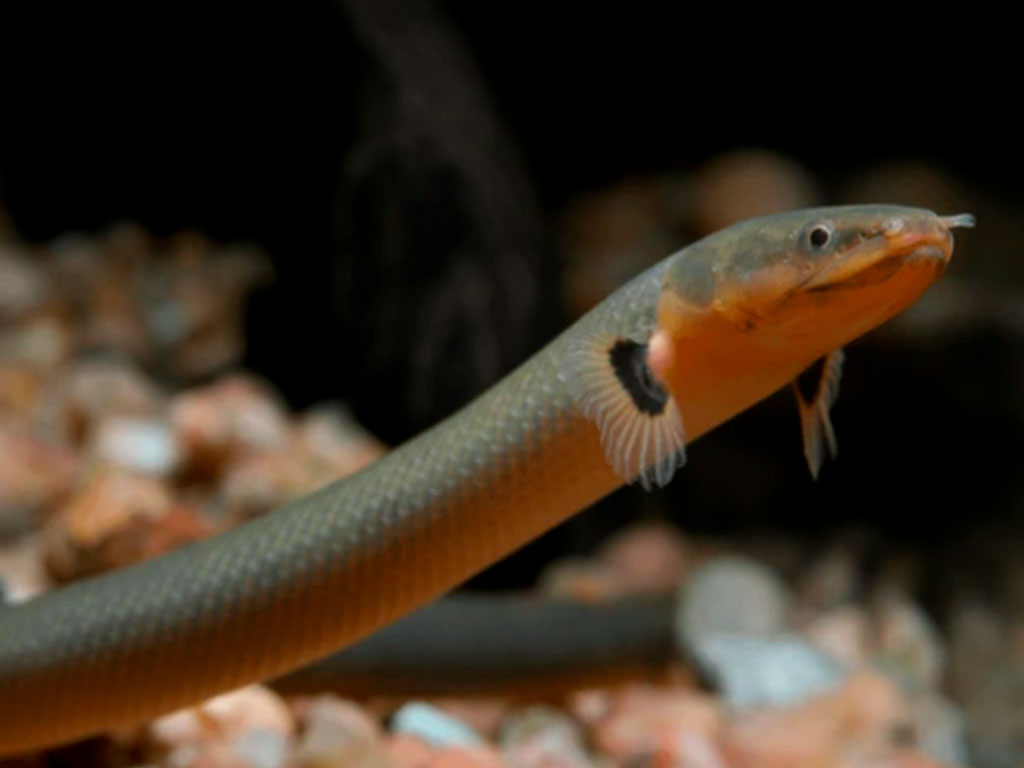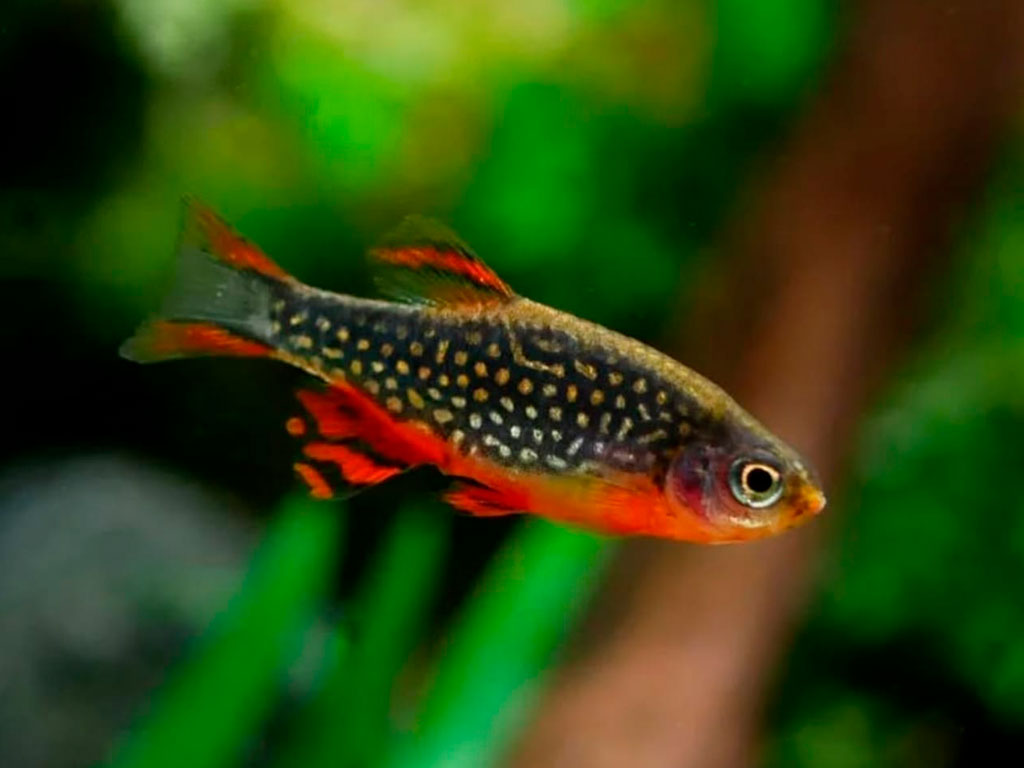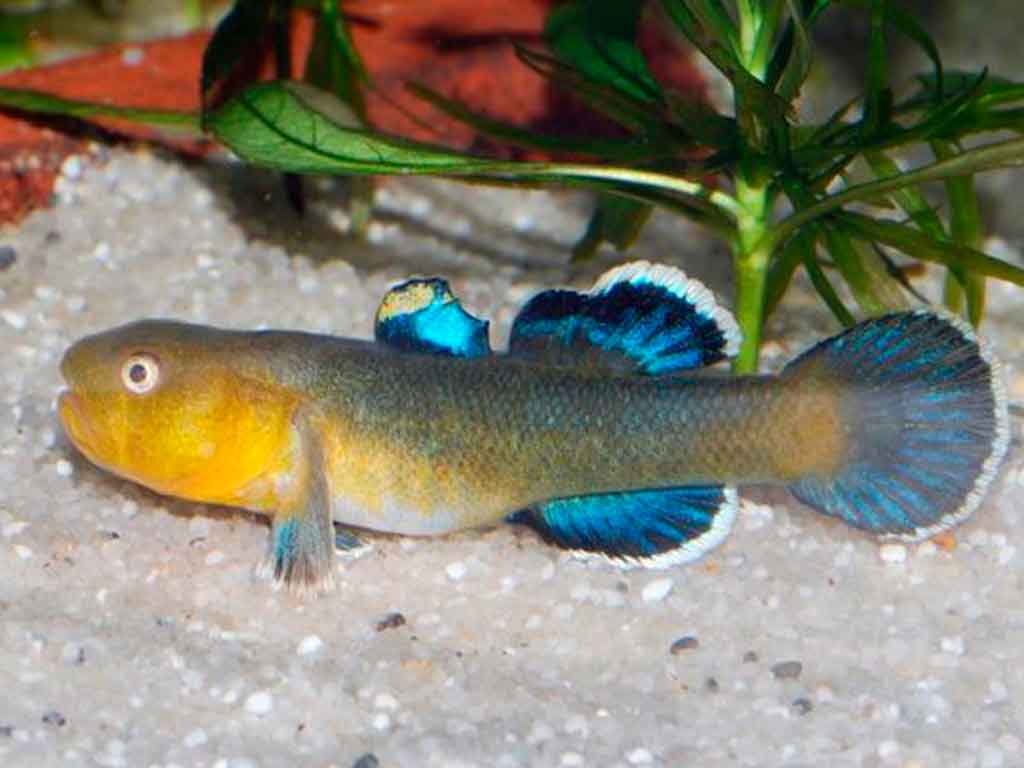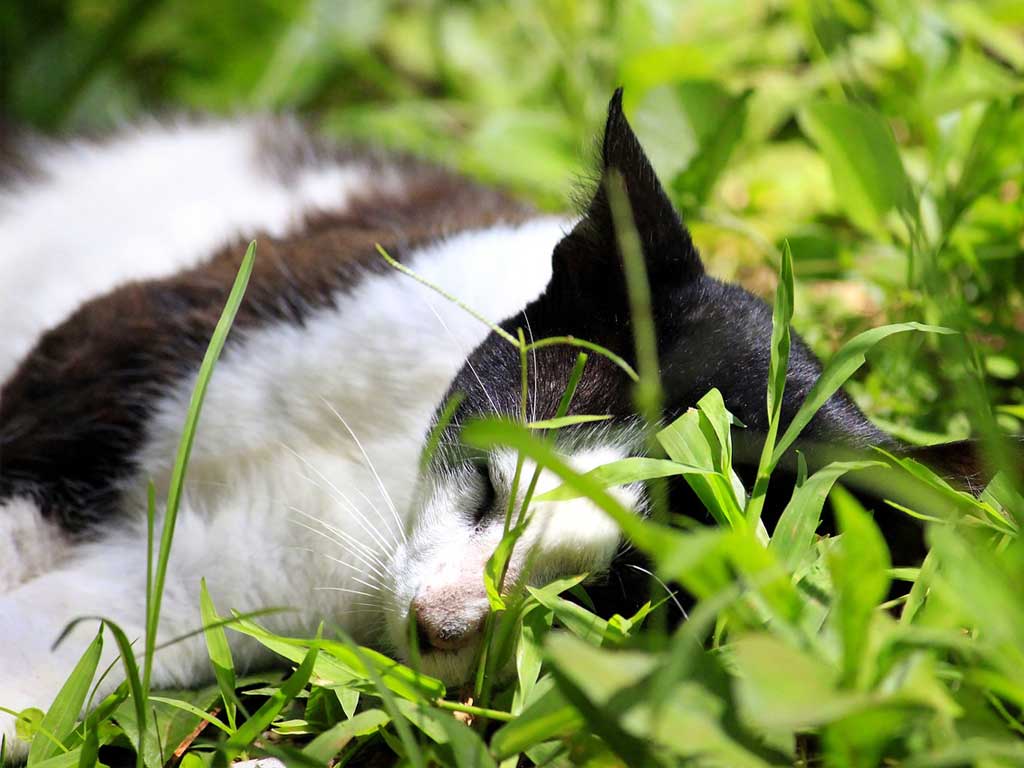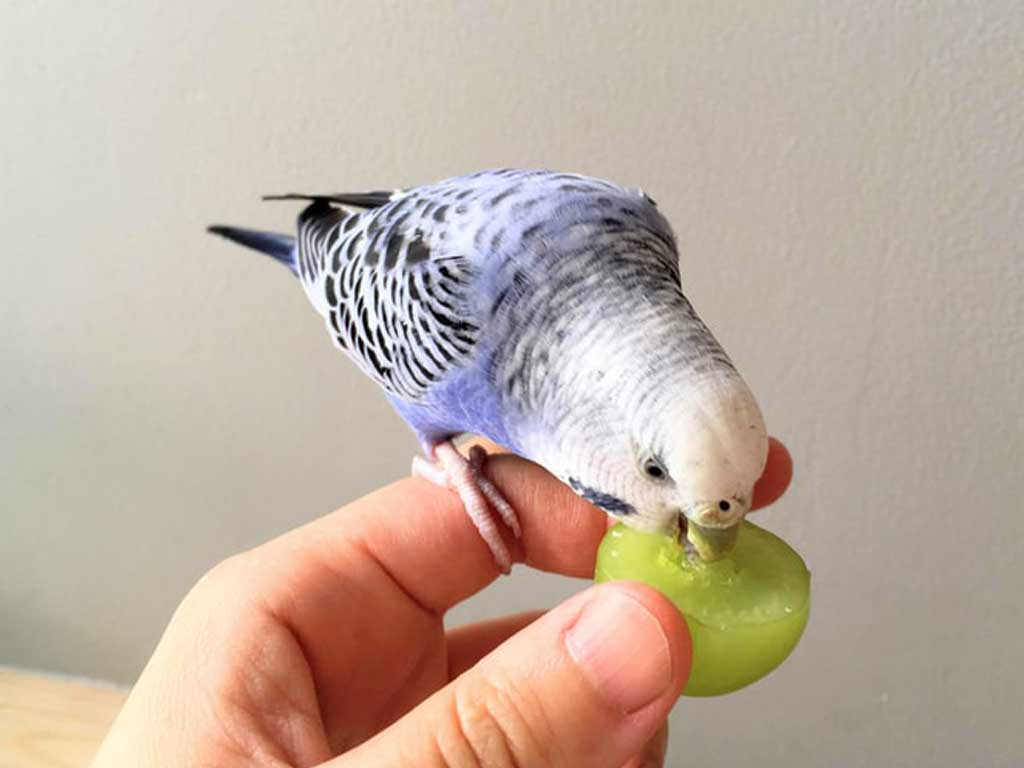If you navigate the world of freshwater aquariums, you have likely heard the name “Flowerhorn” mentioned countless times. We receive millions of questions about this fish: “Talk about the Flowerhorn,” “What about the Flowerhorn?”
Well, the time has come. Today, we are going to dive deep into everything you need to know about the Flowerhorn Cichlid. From its controversial man-made origins to its unique personality and the secrets behind its famous nuchal hump, this is your complete guide to one of the most fascinating fish in the hobby.
1. Origin and History: A Man-Made Creation
To understand the Flowerhorn, you must first understand that this is a very special cichlid. Why? Because you will not find this fish swimming naturally in the wild.
Unlike the vast majority of fish in our aquariums that are collected from rivers or bred from wild stock, the Flowerhorn does not exist in nature as a native species. It is entirely a product of human intervention—a fish created by man.
Invasive Introductions
It is important to note that while they are not natural, there are small populations currently being found in the wild, particularly in Southeast Asia. These populations are colonizing certain areas, but this is a result of artificial introduction. These fish have either escaped from fish farms and breeding facilities or were released unintentionally (or intentionally) by hobbyists.
They are even being found in some water courses in the United States. However, these are invasive specimens. The Flowerhorn is not a fish that evolution produced; it is a hybrid marvel.
The Genetic Cocktail
So, a little history: where exactly do Flowerhorns come from?
The Flowerhorn is a hybrid, and while the exact “recipe” has been a trade secret for years, it is now stated with near 100% certainty where their lineage lies.
- The Foundation: Originally, the base is believed to be the Amphilophus genus, specifically Amphilophus labiatus (Red Devil) and Amphilophus trimaculatus (Three Spot Cichlid). Note that scientific names change often, but these are the classic roots.
- The Mix: Breeders then combined these with other species. One key addition was the Parrot Cichlid—which, interestingly, is another man-made hybrid fish (often called the Bloody Parrot).
- Further Crossing: It gets even more complex. To achieve specific colors and body shapes, breeders crossed these hybrids with the genus Vieja (formerly Cichlasoma). This includes species like Vieja synspila and other Central American cichlids.
By crossing the early Flowerhorns with the Vieja genus, breeders managed to unlock new colorations and patterns, leading to what we now call Kamfas. The Kamfa is essentially a specific line derived from crossing the original Flowerhorn type with Vieja species, resulting in distinct traits.
Because the cross-breeding has been so extensive and professionalized over the decades, defining the genetics of a single Flowerhorn today is difficult. There are endless lines and derivations.
2. Defining the Flowerhorn: Appearance and Varieties
What exactly does a Flowerhorn look like? As mentioned, with so many genetic crosses, defining a “standard” Flowerhorn is becoming less easy. However, the prototype—the look that made them famous—is distinct.
The Classic Look
The earliest and most iconic crosses resulted in a fish that strongly resembled the Trimaculatus, but with a massive twist: the hump.
- The Hump (Giba): The most characteristic feature, specifically in males, is a large nuchal hump on the forehead. This mass of tissue gives them a unique, almost comic appearance.
- The “Flower”: Along the side of the body, these fish typically have a line of black markings. These dark spots are often surrounded by a super-bright, metallic blue halo. These markings resemble a row of flowers.
- The Name: The name is quite literal. “Flower” comes from the floral-like markings on the side, and “Horn” refers to the horn-like hump on the head. Roughly translated, it is a “Horned head with flowers.”
An Endless Variety of Lines
Trying to keep up to date with every new Flowerhorn variety is a hobby in itself. It is genuinely fun, but the sheer volume of variations can drive you crazy. However, we can generally categorize them into two major historic lines:
- The Original Flowerhorns: The classic look described above.
- The ZZ (Zhen Zhu) Line: These appeared later (often associated with the “Dragon” lines), characterized by more reddish colorations and different pearl patterns.
Beyond this, the variety is explosive. In Indonesia, Thailand, and Malaysia, breeders are absolute fanatics, producing incredible specimens. The Americans also have excellent breeding lines.
- Colors: You can find them bred for solid reds, metallic blues, yellows, and even “Golden” lines (faded color).
- Patterns: Some have “pearls” (shiny white dots all over the body), others are “pearl-less.”
- Shapes: There are standard bodies, “Short Body” (compact) versions, and tails that range from strong and stiff to delicate and elegant.
If you decide to get into Flowerhorns, prepare to be overwhelmed by thousands of photos and potential varieties. For this guide, however, we will focus on the general care applicable to all of them.
3. Size: A Giant in the Tank
When we talk about the Flowerhorn, we are talking about a serious animal. This is a prototype of the large Central American cichlid: robust body, imposing posture, and significant mass.
How big do they get?
- Males: They can easily reach 30 centimeters (12 inches) without any problem. It is not uncommon to see specimens reach 35 centimeters, and some monsters even roam around the 40-centimeter mark.
- Females: Prepare for a significant size difference. Females generally grow to about half the size of the male.
Because of their heavy build and developed anterior body, a 30cm Flowerhorn looks much larger and more imposing than a slender fish of the same length.
4. Sexual Dimorphism: Male or Female?
One of the most common questions is: “Do I have a male or a female?”
Fortunately, there are several indicators you can look for, although some are more reliable than others.
1. Growth Rate (If Age is Known)
If you have a group of juveniles that are the same age and have been fed the same diet, observe their size. The males grow much faster than the females. The largest ones in the group are almost certainly males.
2. The Nuchal Hump
While some females can develop a small bump, the gigantic, impressive humps are the exclusive domain of the males. If the fish has a massive head growth, it’s a boy.
3. The Dorsal Fin Spot (The “Flower” Test)
This is a very specific and useful trick, applicable to about 90% to 95% of cases, specifically for fish that still have the “flower” pattern (not solid colors):
- Look at the dorsal fin (the top fin).
- Females are typically the only ones that possess a black spot or a patch of black coloring on the dorsal fin itself. This is a trait carried over from the Trimaculatus ancestry.
- If the dorsal fin is clear of black spots, it is likely a male.
Note: This does not apply to varieties like the “Thai Silk” (solid metallic blue) or other solid colors where the pattern has been bred out. But for classic patterns, the black spot on the fin equals female.
4. Reproduction
The only 100% guarantee? If it lays eggs, it is a female. Males will never lay eggs.
5. Temperament and Compatibility: The “Bad Boy” of the Aquarium
We cannot stress this enough: Flowerhorns have a terrible character.
Generally speaking, they are aggressive to the maximum level.
Can they live with other fish?
- The Rule: Males should live alone.
- The Exception: You can try to keep them in gigantic community aquariums with other large, aggressive cichlids or very large, armored catfish (Plecos).
- The Reality: For every 100 Flowerhorns, 99 will be hyper-aggressive. They will fight everyone. You might find that one-in-a-million “good” Flowerhorn, but do not count on it. If you try a community tank, expect violence.
Interior Decorators
They are not just aggressive toward fish; they are aggressive toward your layout. They are “natural re-decorators.”
- They will move gravel and rocks.
- They will rearrange decorations to their liking.
- They are physically strong, so make sure heavy rocks are secure so they don’t break the glass.
Intelligence and Interaction
Despite their aggression, they are incredibly smart. A Flowerhorn recognizes its owner perfectly.
You will see videos of people petting their Flowerhorns, scratching their humps, and the fish appearing to enjoy it. They can be very interactive.
Warning: They are also “finger hunters.” Many Flowerhorns will bite the hand that feeds them. Do not mistake their approach for affection; they are often looking to nip.
6. Feeding: The Voracious Glutton
Feeding a Flowerhorn is rarely a struggle; the struggle is stopping them from eating.
What do they eat?
They are omnivores and scavengers.
- Protein: The more protein you give them, the faster they will grow and the larger they will get.
- Variety: They eat everything. Pellets, sticks, frozen food—they do not know how to say “no.”
- Specialized Food: There is a huge market for Flowerhorn-specific food. You will find pellets that claim to “increase hump size” or “intensify red color.” While you should always look for the highest quality food for your pet, these specialized foods are optional.
The Obesity Risk
Because they always want to eat (“Yes, yes, give me more!”), they are prone to obesity.
You must be the responsible one. You must put on the brakes. Do not overfeed them, or their health will suffer. Find a balanced diet and stick to it, regardless of how much they beg at the glass.
7. Reproduction: A Risky Business
Breeding Flowerhorns is possible, but due to their aggression, it is dangerous for the female.
There are pairs that tolerate each other, but often, the hyper-aggressive male will kill the female if left together unsupervised.
The Separator Method
To breed them safely, most professional breeders use a divider technique:
- The Tank Setup: Use a large tank with a transparent separator (methacrylate or glass) in the middle.
- The Hole: The separator must have a hole cut in it. The hole should be large enough for the female to pass through, but too small for the male (due to his large body and hump).
- The Process: When the female is ready to spawn, she will swim through the hole to the male’s side. They will court and spawn.
- The Escape: Crucially, once the eggs are fertilized, or if the male gets too aggressive, the female can escape back through the hole to safety where the male cannot follow.
After the Spawn
Once the eggs are laid, the female will care for them. It is recommended to remove the male entirely or ensure he cannot reach the female or eggs.
Be prepared for volume: A single female can lay more than 500 eggs without any problem. If you succeed, you will have a massive amount of fry to care for.
8. Aquarium Requirements
These are big fish, so they need big homes.
Tank Size
- Minimum: For a single specimen, I do not contemplate anything below 250 liters (approx. 66 gallons).
- Ideal: The bigger, the better. If you want to breed using the separator method, you will need a much larger tank to accommodate the division.
Water Parameters
They are hardy and adaptable, but they thrive in:
- pH: 7.0 or higher (neutral to alkaline).
- Hardness: Moderate to high hardness.
- Temperature: Tropical range, 23°C to 28°C.
- Note on Heat: If you raise the temperature, their metabolism accelerates. They will be more active and grow faster, but they will also become more aggressive and age faster (shortening their lifespan).
9. Lifespan
Like most Central American cichlids, Flowerhorns are long-lived companions.
With good care, you can expect a life expectancy of 12 to 15 years.
This is excellent for a pet fish; they become true members of the family (even if they are grumpy ones) and live with you amicably for a very long time.
10. A Final Curiosity: The Two Types of “Humps”
We can’t finish without a fascinating detail about their most famous feature: the hump. Did you know there are two types?
1. The Hard (Solid) Hump
This is a hump made of structured tissue, likely adipose (fat) tissue. It is well-formed but smaller. If you were to touch it with your finger, it would feel solid, not soft.
2. The Water (Gel) Hump
This is the “Holy Grail” for enthusiasts—the Kok.
- Appearance: It is a massive accumulation of soft tissue. It is almost watery or gelatinous.
- Texture: If you touched it, it is incredibly soft, practically like jelly.
- Translucency: If you shine a strong light (like a mobile phone flashlight) through it, the light passes through. It is almost translucent.
- Variability: This hump is dynamic. It swells and deflates depending on the fish’s mood, health, and diet. It can look brutal and gigantic one day and slightly smaller the next. These are the championship-winning humps.
We hope this article has answered all your questions about the magnificent Flowerhorn. It is a fish that requires space and patience, but rewards you with unmatched beauty and interaction.


